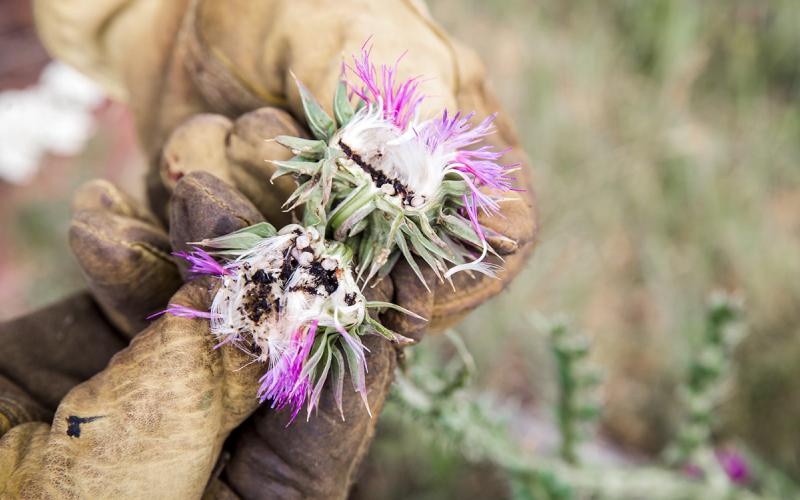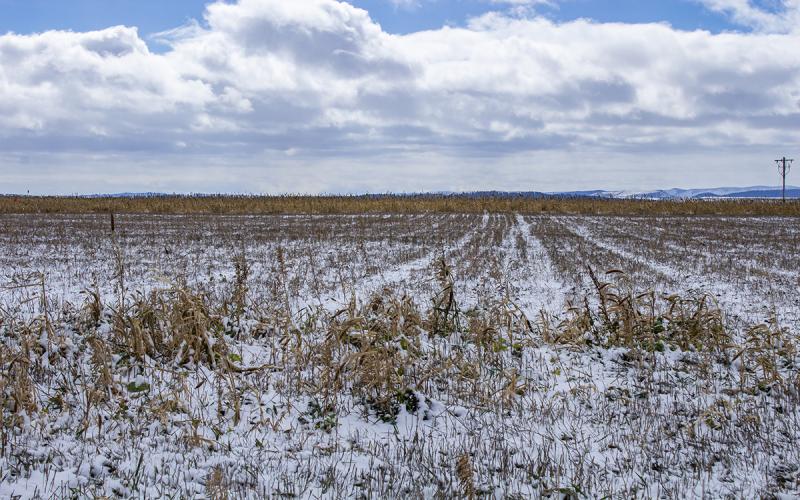
Written collaboratively by Eric Jones, Philip Rozeboom, Jim Alms, and David Vos.
As the 2023 harvest season comes to an end, now is the time to start formulating your weed management plan for next year. While purchasing herbicides, crop seed, and other inputs take priority after harvest, consider asking yourself the following questions to better prepare your operation for managing weeds next season.
Questions to Consider
How was my weed management plan this year?
If weed management this year was poor, the plan should change for next season. If weed management this year was excellent, the plan should still change for next season. The reason being that overreliance on the same weed management plan that provides excellent control will eventually select for weeds that can survive those controls (for example, spraying only glyphosate in glyphosate-tolerant crops year after year). However, if weed management was poor, consider implementing tactics that were not included this year. A preemergence herbicide, a residual herbicide mixed with a postemergence herbicide, or implementing non-herbicide weed control are things that may have been left out of the plan in 2023 but should be included in your plan for the 2024 season.
Where were the weedy fields?
Recording where the weedy fields are located helps know which fields will likely need to receive the most intensive weed management plan. These fields will also likely need to be scouted regularly to ensure control tactics are being executed in a timely manner.
What weed species were present?
Knowing what weed species were present will help with purchasing the correct herbicide; pre-and-postemergence. For example, if a field was inhabited by kochia, purchasing 2,4-D and glyphosate to treat that field will probably result in unsatisfactory control. Weed management should be treated on a field-to-field basis, as purchasing 2,4-D and glyphosate to treat a field inhabited with yellow foxtail and velvetleaf would likely result in satisfactory control.
Can non-herbicide weed management easily be implemented?
While herbicides are the most effective weed management tools, implementing non-herbicide weed control tactics can provide additional control and reduce the selection pressure for herbicide-resistant weeds. Easily implemented tactics include tillage (prescription tillage or adopting no-till), row spacing (for example, drill-planted soybean), mowing ditches and fence lines, and hand weeding small, isolated patches.
Should a different crop rotation be implemented in certain fields?
Crop rotation will allow for the use of different herbicides to control various weeds and reduce reliance on a single herbicide. Additionally, rotating to crops with a different lifecycle (for example, winter versus summer annual) can provide control by simply disrupting the lifecycle of weeds. Wheat and small grains are planted before many summer annual weeds and can be a physical barrier to germinating weed seeds. Weed management can also be implemented after wheat and small grain harvest to control weeds that are present, so seeds are not produced.
Did any herbicide control failures occur not attributable to adverse weather conditions or misapplications?
A control failure may not always mean herbicide-resistant weeds, but caution should be exercised where the failure occurred. Try to use a different herbicide from the previous year, use different herbicide in the pre-and-postemergence applications and utilize approved herbicide tank mixtures. If control failures still occur, report the problem so appropriate measures can be taken to determine if the weed is resistant or not.


